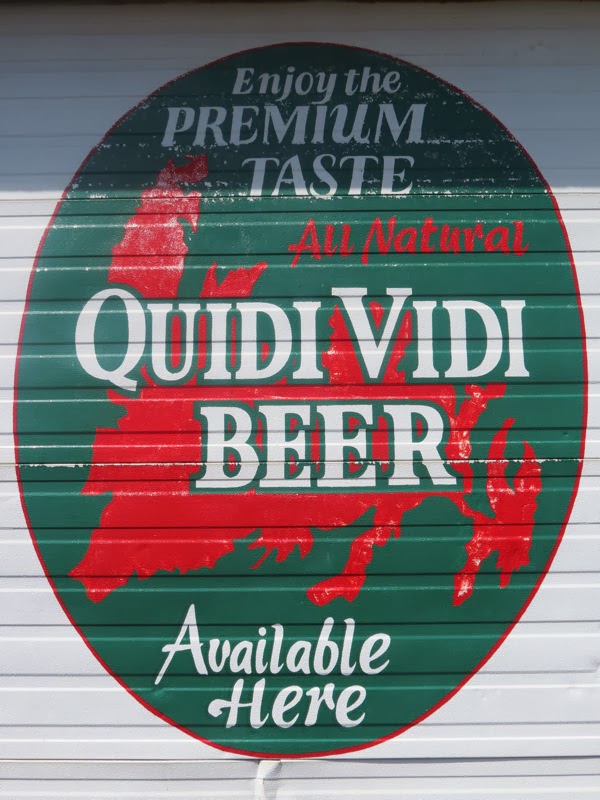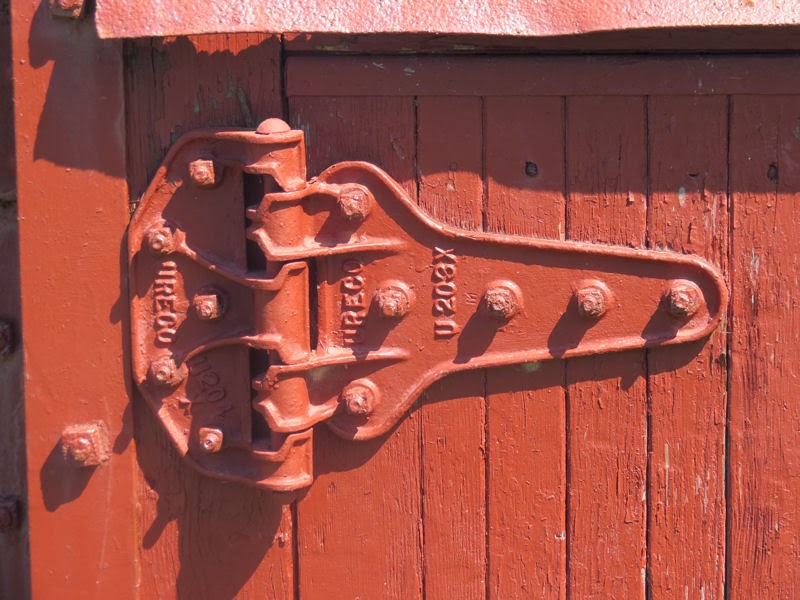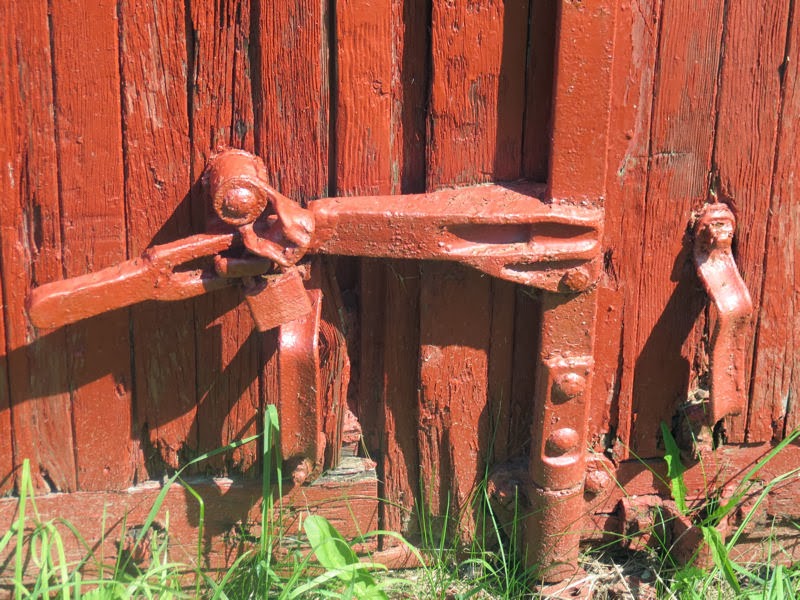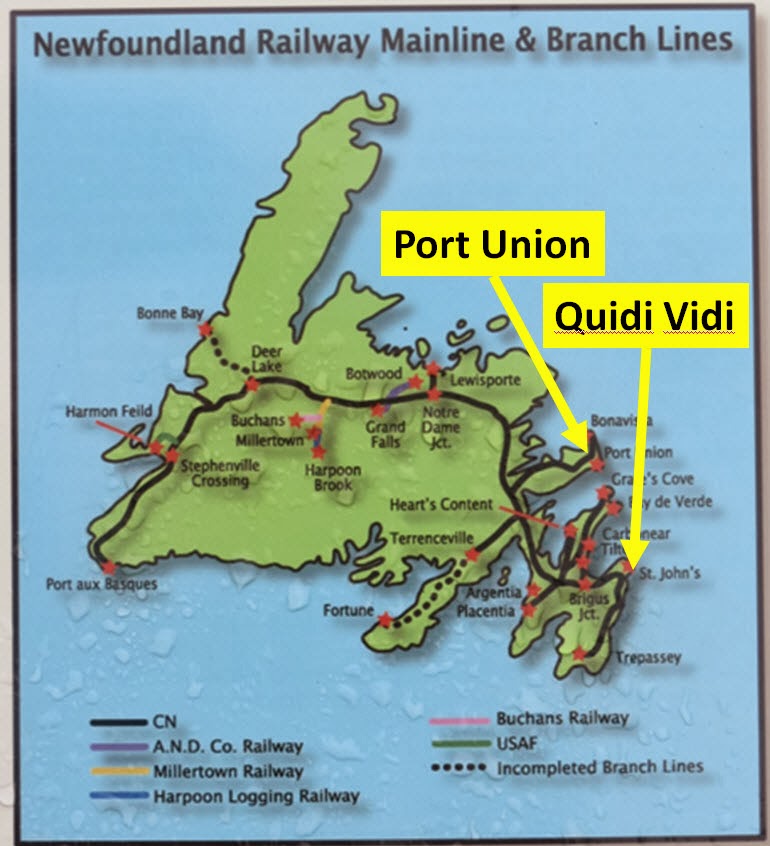Field Report: In Search of the Newfie Bullet – Part 7
As our trip was coming to an end, we came across two further remnants of the Newfoundland Railway.
Newfoundland’s history includes a long period where wealthy merchants in the capital, St. John’s, pretty much controlled the lives of the fishermen in the outports by providing them credit to buy supplies but also controlling their selling of their fishing catches to the merchants alone. Port Union, one of Newfoundland’s outports has a unique history which broke that pattern as follows:
“The only “union-built town” in North America, Port Union was created in a flurry of construction starting in 1916. It was to be William Ford Coaker’s and the members of the Fishermen’s Protective Union’s “capital” as they built a new type of commercial and economic footing for Newfoundland’s fishermen.”
Our visit to Port Union found this small railway station (now a museum – shown below) with a small piece of track in front on which sat a restored velocipede.
Just north of St. John’s, the capital, is a very picturesque narrow bay around which a fishing community called Quidi Vidi (pronounced “kitty vitty” by the locals) developed. One other claim to fame is that it is the home of the Quidi Vidi brewery who produce a fine set of beers which are so popular that they are not exported beyond the province. In the back of the brewery, we found a restored wooden narrow gauge refrigerator car with fascinating cast door hinges and latches.
Click here to read Part 8 of this series of postings.
Posting by Russ Milland
Click on each image for a closer look!
 |
| Port Union Station |
 |
| Port Union – Velocipede |
 |
| Quidi Vidi |
 |
| Quidi Vidi |
 |
| Quidi Vidi – Old Refrigerator Car |
 |
| Quidi Vidi – Door Hinges |
 |
| Quidid Vidi – Door Latches |


